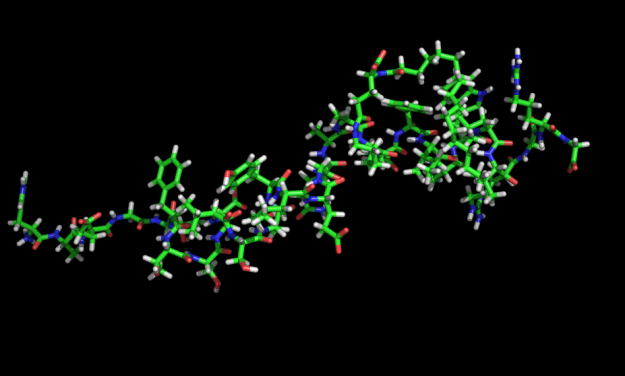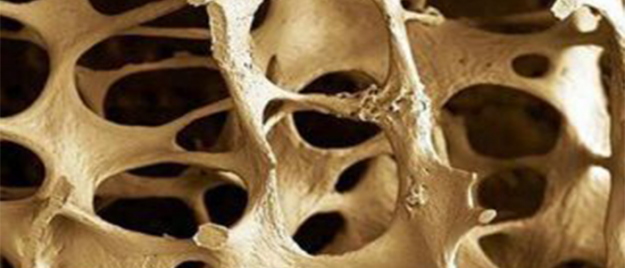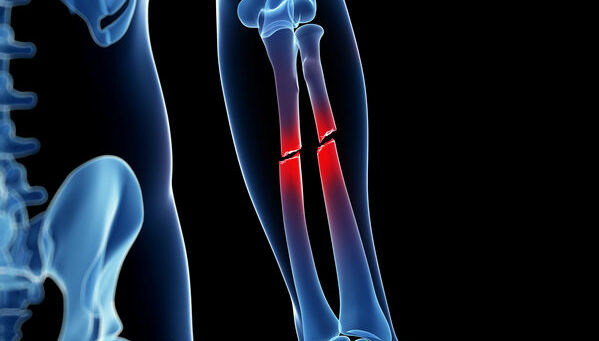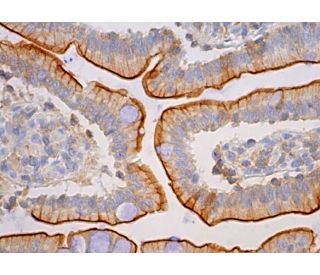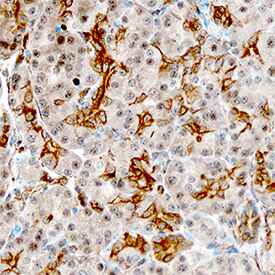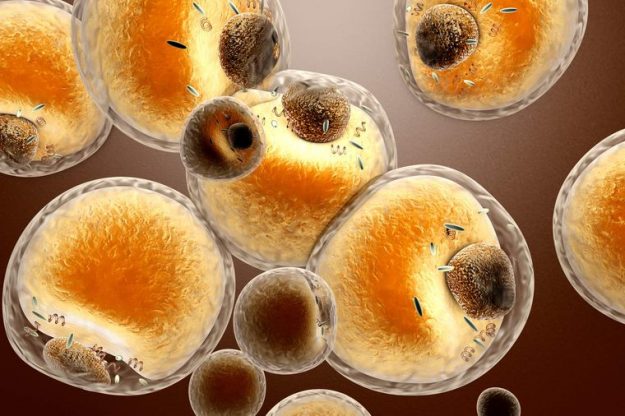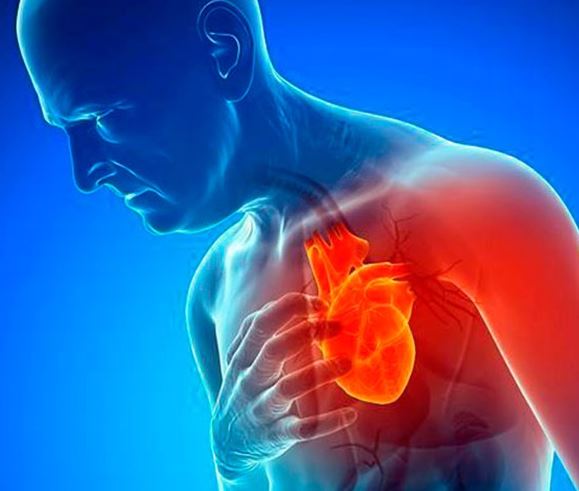The FDA approves a weight control drug for patients aged 12 and older
The U.S. Food and Drug Administration has approved Saxenda (liraglutide) for chronic weight control in obese patients aged 12 and older. Saxenda has been approved for chronic weight control in adults with a BMI of 30 kg/m2 or more, or in adults with a BMI of 27 kg/m2 or more who have at least…


